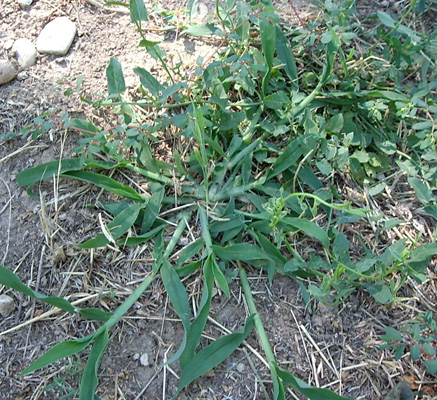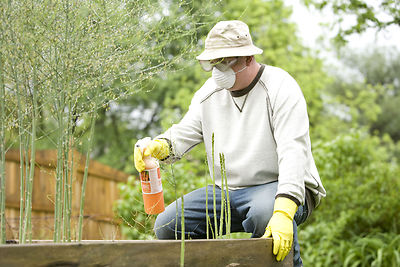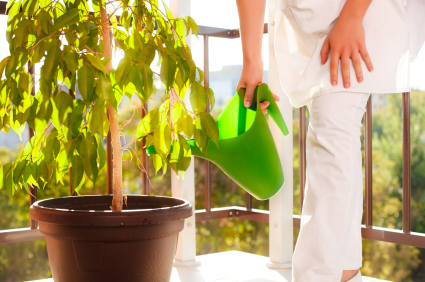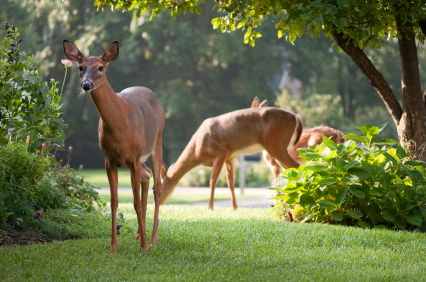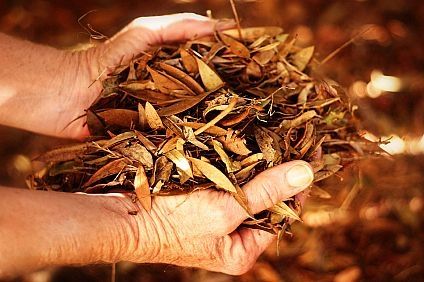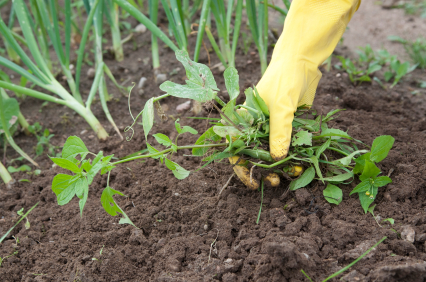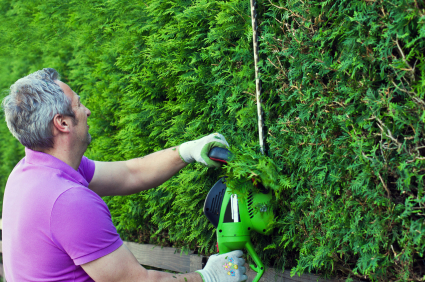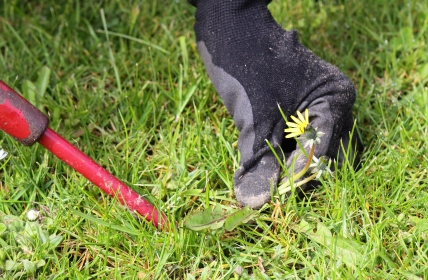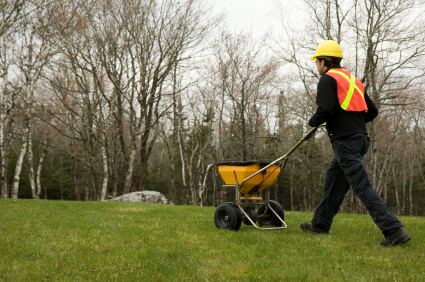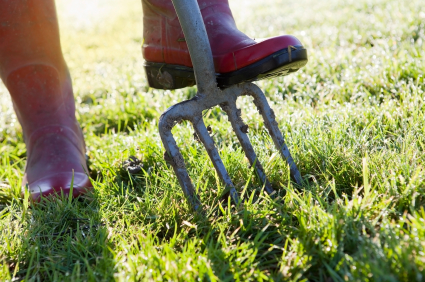Crabgrass is an annual weed that typically appears out during the warmer months. Getting rid of crabgrass is possible if you utilize the proper tactics. In fact, it is possible to prevent crabgrass from growing in the first place. The best way of getting rid of crabgrass is prevention, so if you’re reading this article in mid-July, then manually de-weeding your lawn is pretty much the only way of getting rid of crabgrass.
The best prevention for crabgrass is to apply herbicides before the crabgrass sprouts. These herbicides come in either grainy or liquid form and work to kill the crabgrass seeds before they get a chance to fully germinate and allow seedlings to emerge. To successfully get rid of crabgrass before it emerges, timing is of the utmost importance. The best time to apply the herbicide is around your second regular mowing during the spring season.
Two of the top pre-emergent herbicides for killing crabgrass are Dimension and Tupersan. Dimension is safe to use on most lawns and provides a solution that lasts. Not all crabgrass emerges at the same time, so this extra time can be helpful at times. Tupersan is a unique herbicide because it does not damage germinating lawn grass seeds. Instead, it has fertilizers that help grass cover areas where crabgrass may sprout, and it has the herbicides to get specially rid of crabgrass.
The use of herbicide can be risky if you don’t use it properly, so make sure to follow these tips.
1) Irrigate your lawn in the areas where herbicide was applied, as water activates these pre-emergent herbicides.
2) If you use the herbicide and the effects aren’t working as they should, consider reapplying the herbicide. This is an important step, as not all crabgrass seedlings germinate at the same time, so reapplication may be necessary to kill some of the slower seeds.
3) Measure your lawn’s area and follow the directions on the herbicide label to make sure you don’t use too much or too little.
4) NEVER apply pre-emergent herbicides on new sod. Sod is especially prone to chemicals, so be careful what you use on it.
If you follow these tips, you should be able to get rid of your crabgrass infestations in no time. If you would prefer professional help, consider using TalkLocal to find a specialist for you. TalkLocal is a free service that will connect you with top-quality, companies in your neighborhood within minutes. Just enter in your specific problem, location and availability, and up to three companies will call YOU directly, saving you the time and stress of finding one yourself.

